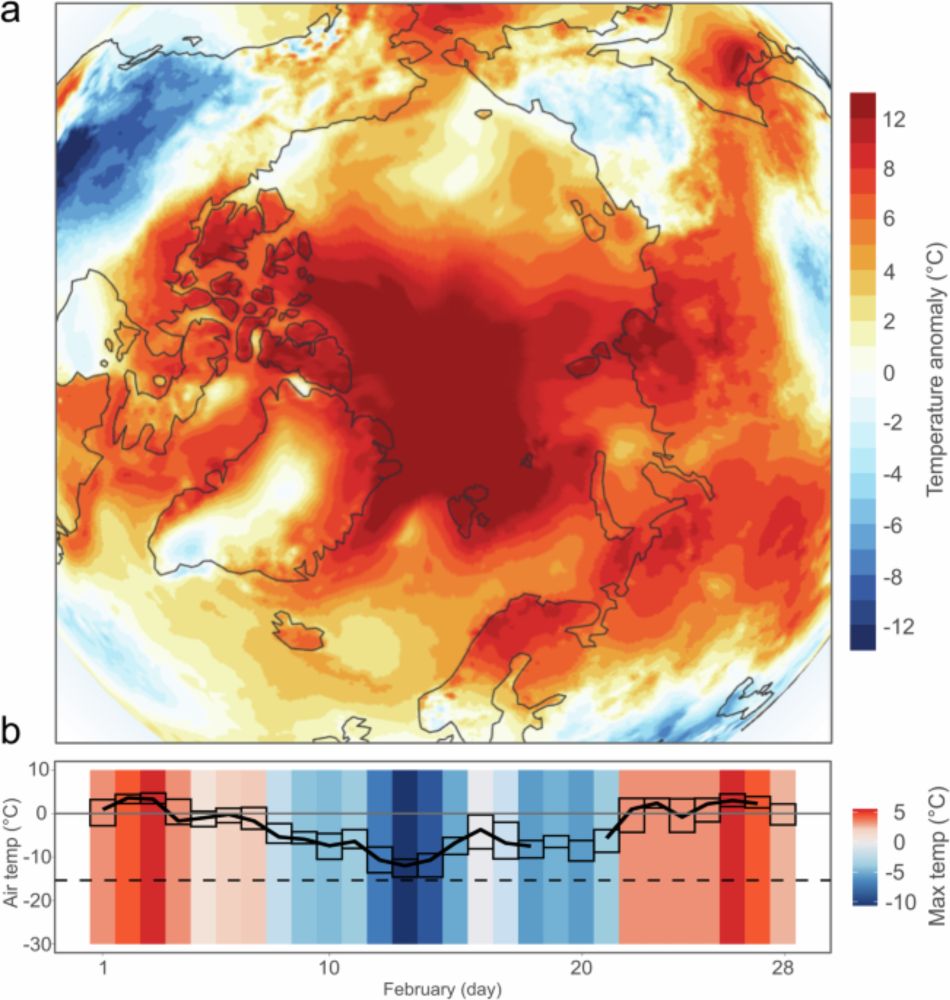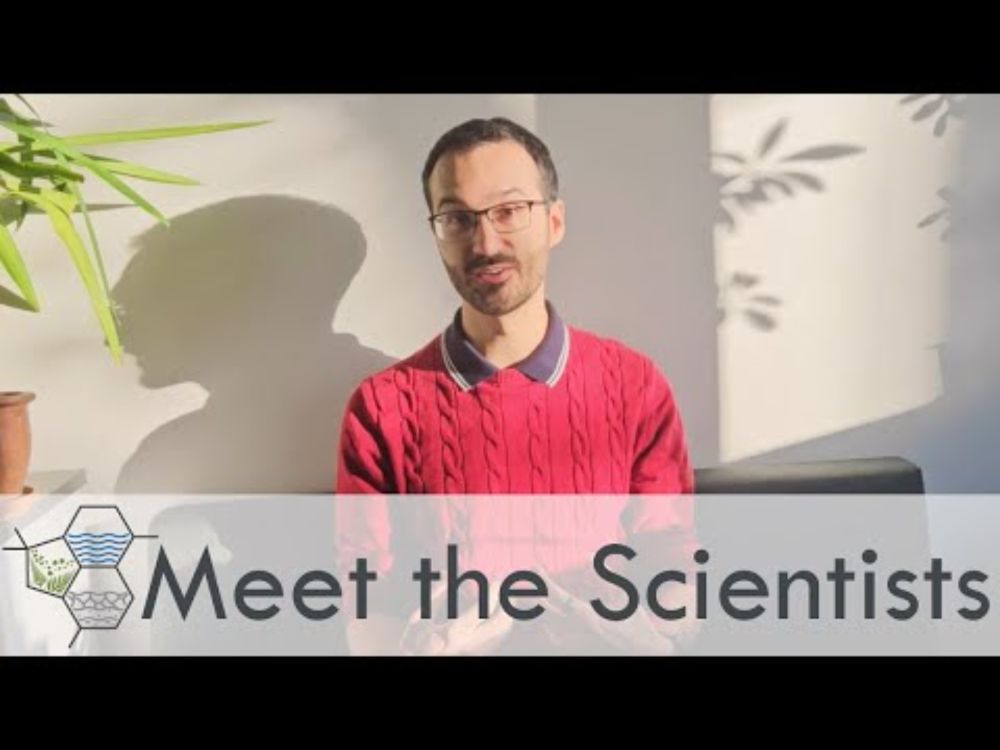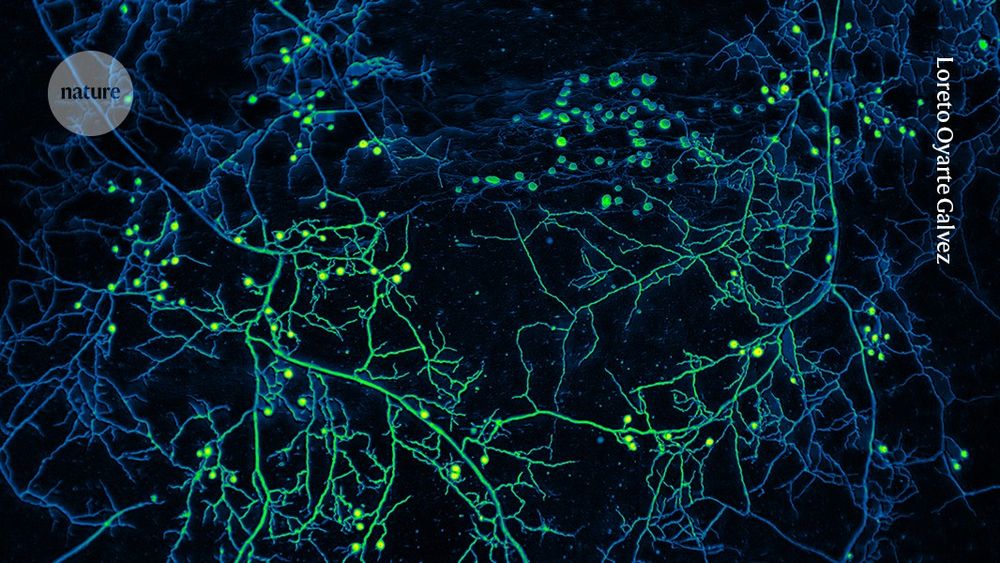Miguel Ángel Salinas-García
@masalgar.bsky.social
55 followers
91 following
22 posts
Postdoc at @BIOCUE.bsky.social and based in Copenhagen.
Former PhD student at @voltcenter.bsky.social and the Center for Exolife Sciences.
I'm interested in:
🚀 Astrobiology
🌋 Extremophiles
🧬 Biotechnology
🌍 Climate change
Posts
Media
Videos
Starter Packs
Reposted by Miguel Ángel Salinas-García
James Bradley
@drbradbrad.bsky.social
· Jul 21

Svalbard winter warming is reaching melting point - Nature Communications
The Arctic winters are changing fast. In February 2025, Svalbard endured rain, thawing tundra, and pooling meltwater. The Comment by Bradley and coauthors describes how winter warming is reshapin...
tinyurl.com
Reposted by Miguel Ángel Salinas-García
Reposted by Miguel Ángel Salinas-García
Reposted by Miguel Ángel Salinas-García
Reposted by Miguel Ángel Salinas-García
Reposted by Miguel Ángel Salinas-García
Reposted by Miguel Ángel Salinas-García
Reposted by Miguel Ángel Salinas-García
Reposted by Miguel Ángel Salinas-García
Reposted by Miguel Ángel Salinas-García
Reposted by Miguel Ángel Salinas-García
Reposted by Miguel Ángel Salinas-García
Hiro Imachi
@hiro-imachi.bsky.social
· Feb 27

Eukaryotes' closest relatives are internally simple syntrophic archaea
Eukaryotes are theorized to have originated from an archaeal phylum Promethearchaeota (formerly 'Asgard' archaea)1,2. The first cultured representatives revealed valuable insight3,4 but are distantly ...
www.biorxiv.org
Dan Miller
@danmiller999.bsky.social
· Feb 27

RealClimate: How will media report on this new AMOC study?
RealClimate: I’ve been getting a lot of media queries about a new paper on the AMOC (Atlantic Meridional Overturning Circulation), which has just been published. In my view this large media interest i...
www.realclimate.org
















